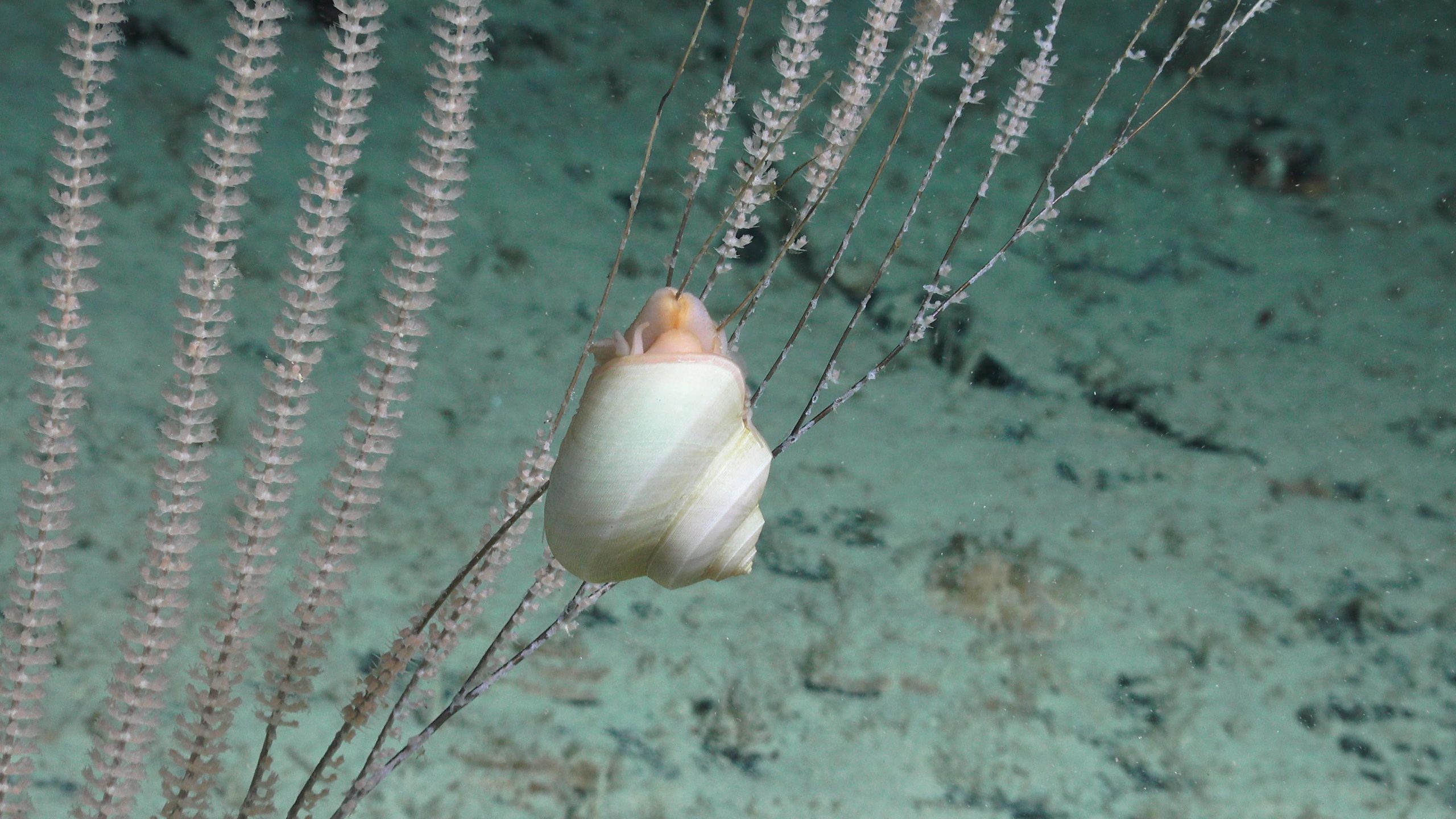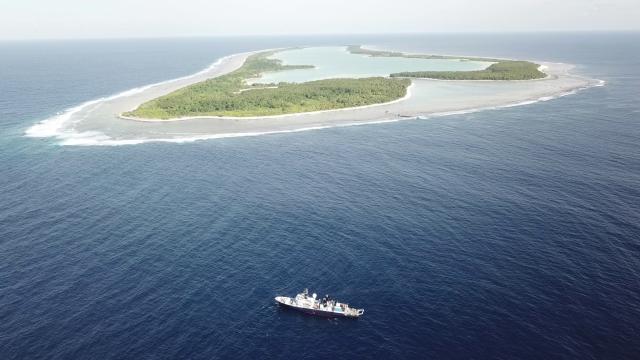Researchers have found microbes in the deep sea that are completely invisible to the human immune system, a somewhat unnerving discovery that suggests our bodies’ seemingly universal ability to recognise bacteria isn’t so all-inclusive.
The interdisciplinary team’s research was published last week in the journal Science Immunology. Their fundamental conclusion is that the way our mammalian immune systems sniff out trouble — the rules and patterns we follow to protect ourselves — may be defined locally rather than globally, a finding that goes against a long-held belief in immunology. These marine microbes have never been in contact with mammalian life before, not even marine mammals, according to the researchers.
The bacteria were discovered in the deep sea of the Phoenix Islands Protected Area, a marine sanctuary the size of California established by and off the coasts of the island nation of Kiribati. Virtually untouched by humanity, the area is the largest and deepest UNESCO World Heritage site, and it offered a unique opportunity for the research team to investigate what thrives in our absence. The scientists visited there for about three weeks in 2017, travelling aboard a ship containing a laboratory they could use to culture cells fresh out of the remote waters. They collected gram-negative bacteria from deep-sea samples using a remotely operated vehicle dubbed SuBastian.
“You’re so far out there, the closest people to you are on the International Space Station,” said Randi Rotjan, a marine ecologist at Boston University and a co-author of the paper, in a video call. “All you have is what you brought on the ship with you. That gift of time and deep thought and opportunity — it’s just this magical combination.”

The single-celled organisms they found have formulated a long-lasting, successful equation for survival that often hinges on having a host organism for food. To figure whether these deep-sea bacteria would be recognised by mammalian cells, the team isolated the lipopolysaccharide coating (sort of like the bacteria’s “skin”) from 50 different bacterial strains and exposed them to mouse and human cells on plates. Eighty per cent of the sample strains elicited no immune response from the human and mouse cells.
While the team isn’t totally sure what makes the microbes invisible in this way, they suggest it may have to do with certain characteristics of the lipopolysaccharide that coats them, which co-author Jonathan Kagan said could “be considered the skin of most bacteria, and all bacteria that live in the ocean.”
“Every single virulent pathogen has the ability to do what these deep-sea bacteria are doing by accident, which is they hide from our immune system,” said Kagan, an immunologist at Harvard Medical School, in a video call. “And so one of the risks that you can imagine when ecosystems clash is that you may end up with microbes that are accidentally virulent towards us.”
While our immune system flags microbes with that lipopolysaccharide skin, the ones that typically slip under the radar have greater than or fewer than six acyl chains, little spokes that stick out of the lipid layer surrounding the bacteria. What’s weird here was that the microbes that were invisible to mammalian cells had the standard six acyl chains; their invisibility may instead be attributed to the fact that they all had particularly long chains.
“We do not know why that makes sense, at all,” Kagan said. “But we do know that there is a perfect correlation between too-long acyl chains and immunosilence. And that is something for us and the community to further study.”
“This finding calls into question the dogma of pattern recognition receptors recognising broadly conserved microbial components such as lipopolysaccharide,” Alison Scott, a microbiologist at the University of Maryland who was not affiliated with the recent paper, wrote in an email. Scott said that the variety of lipopolysaccharides found in the deep sea is a reminder that scientists need to better understand how our immune systems go about identifying bacterial threats.
The research team will return to the protected area this June for another glimpse at the alien world of the deep sea, where coral can live for millennia and plenty of species remain uncatalogued. The return trip will provide an opportunity to look at how the microbes engage with host organisms and the on-site environment more specifically, as well as conduct more experiments on the vessel.

“You ask a question when you do an experiment. And when you get the answer, it may not be in a language that you understand or in a way that you can interpret,” Rotjan said. “It’s a very slow, very deliberate conversation that you’re having with the natural world that takes place over a lifetime or more.”
This research isn’t as risky as it might sound; these microbes aren’t likely to escape the lab and unleash a new plague. The bacteria thrive in frigid, pitch-black temperatures and extremely high pressures not found in places humans like to hang out. On the ship, they’re kept in a refrigerator — otherwise they’d die too quickly to be properly studied. But if the last year has taught us anything, it’s that when you turn over many rocks, you’re bound to find something nasty under one of them. It’s important to understand what our bodies can’t see and what sort of harm such things can cause, so we can better prepare.
“The implication of this,” Kagan said, “is that there is significant risk that if the rules of immunity are defined locally, when you go to a new location, you can bump into things that are normally not pathogenic, but become so.”
We already know to get certain vaccines before travelling across the globe, but Kagan brings up a new kind of risk: that, while drilling in the Arctic or diving in the deep sea, we might encounter a germ we truly have no innate defences against.
